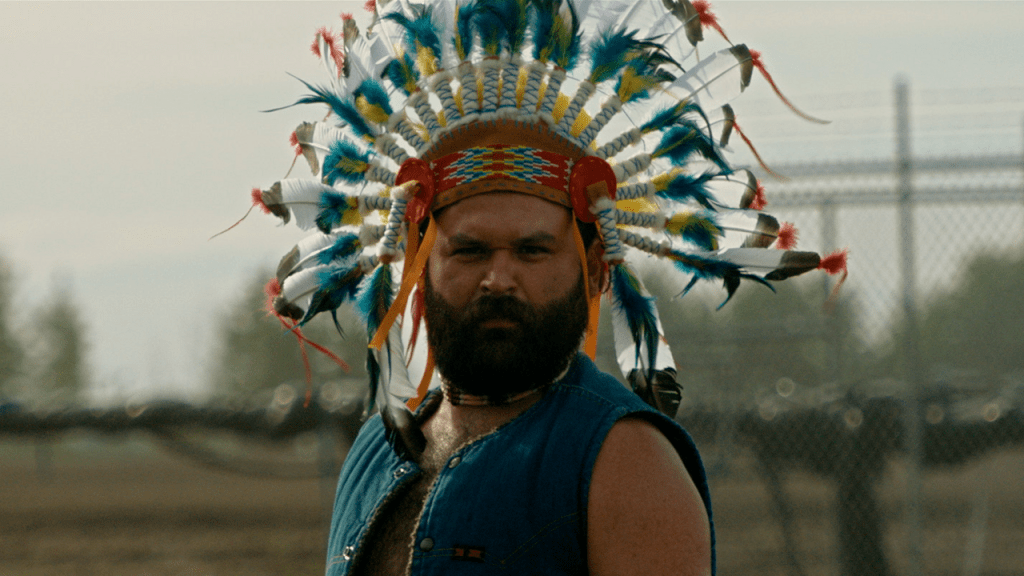By Dennis Hartley
(Originally posted on Digby’s Hullabaloo on June 17, 2023)

Or, as I have dubbed it, He Went Every Which Way but Loose. Jeffrey Darling’s heartland noir (set in 1964) gets its kicks on Route 66. An animal handler (Zachary Quinto) is on the road to Chicago with his BFF…a celebrity chimpanzee named “Spanky”. At a truck stop café, he offers a ride to a wary hitchhiker (Jacob Eldori), little suspecting that he’s picked up a vicious serial killer. While all the elements are in place for a tension-filled “killer on the road” thriller, the film never quite gels as such. The two leads are game (like Michael Madsen before him, Eldori takes full advantage of his angular James Dean countenance with a suitably twitchy and squint-eyed performance) and the scenic vistas are well-photographed but vacillating tonal shifts in the narrative ultimately drag the film down.







